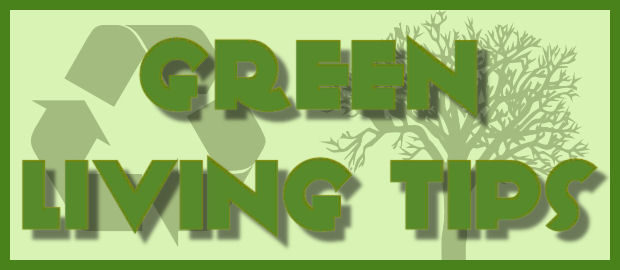
We've all bought a thing or two at the local grocery store that we thought we'd use, only to have it sit in the cabinet for months, sometimes years. If the food is still within the expiration date, you can of course donate the food to a local food pantry. If you'd rather make a meal out of your current cabinet inventory, there's an easy way to generate recipe ideas using Recipe Matcher.
RecipeMatcher.com is an easy to use website that lets you plug in the ingredients you have on hand, and suggested recipes will pull up based on those ingredients. The results can be surprising! It's also a great way to waste less food, and clean out the cabinets to make room for new food. You can also enter fresh ingredients into the ingredients list.
If you have plenty of canned or bagged pet food around that may expire before you use it up, donate it to a local animal shelter. They certainly will put it to good use!
How to stop buying wasteful food (for your next grocery shopping trip):
- Don't buy in bulk if you don't need it. Costco and BJ's might be a good deal, but if you don't need the surplus and you can't go through it, you may wasting more money than you're saving.
- If you haven't tried something before, buy a small pack of the item or a smaller size.
- Buy individual size containers for things you haven't tried before. That way, if it's a multi pack and you don't like it, you've only used one, and you can give the rest away (for example, a 6 pack of Spicy V8 vegetable juice).
- If the item has dust on the cover at the store, don't buy it. Chances are that product is sitting on the shelf unpurchased for a reason!
- Shop for foods with less packaging. Buying fresh is an alternative at many grocery stores, including nuts and produce. Bring your own reusable bags or reusable containers and fill it up with the grains, nuts, or fresh products you're looking for (these are usually located in the produce aisle, or sometimes one aisle or two over).
Intro photo of grocery cart by zoovroo on flickr.
The author of this page writes on this green blog, and sells eco friendly products like reusable paper towels, organic body products, and biodegradable trash bags. Stop by the TheGreenerEarth.com today to view the entire product catalog!

